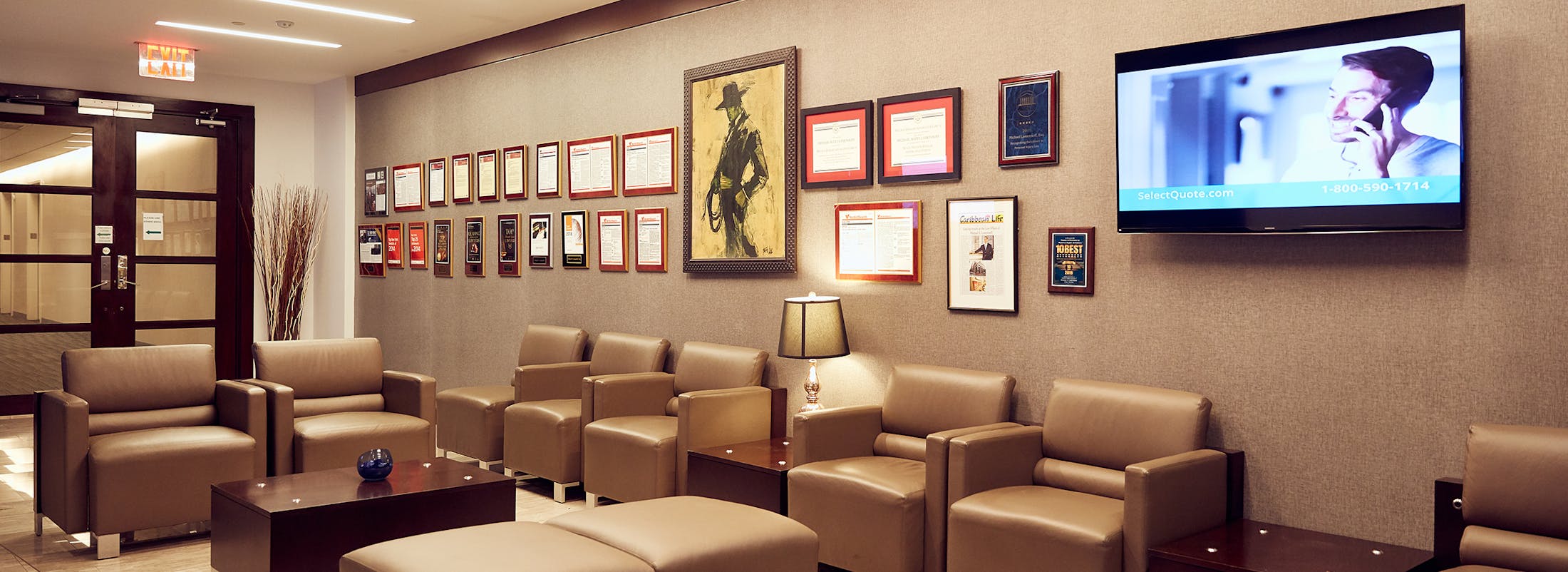What is Balance and Vestibular Therapy and How can it Help My Brain Injury?
If you are involved in a traffic accident or any other accident that could injure you, seek medical attention at once. Some injuries may be undetectable or may seem inconsequential immediately after an accident, but over time, those injuries can become serious. It may be easy to ignore a bump on the head, for example, but it could be the sign of a severe brain injury.
If you suffer a brain injury because of another person’s carelessness or negligence, you’ll need legal as well as medical assistance. In the New York City area, after obtaining medical attention, injury victims should also contact an experienced New York personal injury attorney.
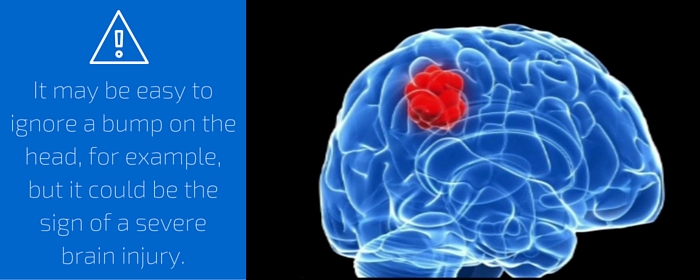
Brain injuries frequently include damage to the vestibular system, the parts of the inner ear and brain that control balance and eye movements. Vestibular disorders are usually associated with one or more of these symptoms: vertigo and dizziness, imbalance and spatial disorientation, vision and hearing disturbances, and cognitive or psychological changes.
Brain injury victims afflicted by vestibular disorders may be perceived as disoriented, unmotivated, or overly anxious. They may have difficulty with reading or simple math, functioning at work, or just performing routine daily tasks.
Vertigo may or may not be caused by a brain injury. It’s the sensation that the person or the objects around a person are spinning or swaying when they are not. Vertigo may be associated with nausea, vomiting, excessive sweating, or difficulty walking.
A brain injury victim struggling with vestibular disorders may exhibit all the symptoms of vertigo and also have difficulty maintaining a straight posture, difficulty holding up the head, and a need to hold or lean against something when standing.
WHAT ARE THE OTHER SYMPTOMS OF VESTIBULAR DISORDERS?
Vestibular disorders may affect hearing and vision as well as balance and orientation. There may be trouble focusing the vision, particularly when there’s a great deal of activity like in a crowded store or in heavy traffic.
Night blindness, trouble with depth perception, and oversensitivity to light and glare are common. Hearing problems may include distorted hearing, tinnitus, and an oversensitivity to loud noises and environments.
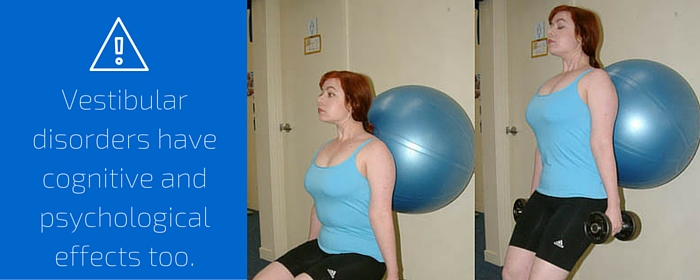
Vestibular disorders have cognitive and psychological effects too. There may be difficulty concentrating or following conversations, forgetfulness and short-term memory loss, and a loss of self-reliance and self-esteem.
Feelings of anxiety, panic, and social isolation are common and sometimes lead to severe clinical depression. While it is vital for brain injury patients and their families to understand the physical symptoms of vestibular disorders, it is equally important to understand the psychological symptoms.
When someone suffers a vestibular disorder, a negative cycle may develop whereby physical symptoms initially triggered by damage to the vestibular system result in anxiety or depression that further increase feelings of dizziness, vertigo, or other vestibular symptoms.
Vestibular disorders are invisible and are thus likely to be misunderstood. Most people with vestibular disorders don’t look sick, so they may fear that others will misunderstand or mischaracterize them.
HOW ARE EMOTIONAL AND PHYSICAL SYMPTOMS LINKED?
The emotions can interfere with recovery by exacerbating a patient’s physical symptoms, so working with a therapist can maximize and hasten physical as well as psychological recovery. A therapist can also help brain injury sufferers learn and apply stress reduction techniques to help a brain injury patient regain a sense of control over his or her life.
Participation in a support group can also help to eliminate feelings of social isolation and help to reassure a patient that there are others who really do understand.
Full physical recovery from vestibular disorders may be more complicated. Most disorders have a tendency to get better on their own, so measuring the success of balance and vestibular therapy is more difficult than it sounds.
There is no method of measuring “balance,” for example. Many brain injury patients – especially those who’ve suffered mild or moderate brain injuries – recover over time by simply becoming more active as they regain confidence.
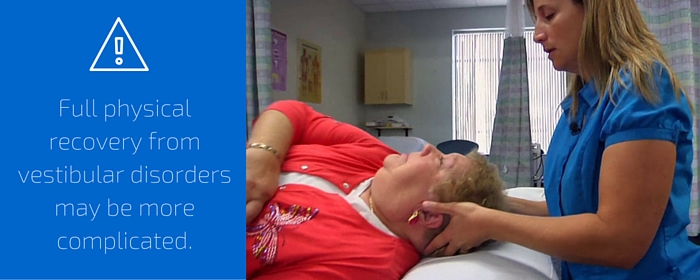
When brain injury occurs, canaliths – small crystals of calcium carbonate – can detach from the utricle in the inner ear and send false signals to the brain, causing dizziness and other symptoms. The goal of the canalith repositioning procedure (CRP), a form of vestibular rehabilitation therapy, is to move the displaced canaliths to stop these false signals and the debilitating symptoms they can cause.
WHAT HELP IS AVAILABLE FOR VERTIGO SUFFERERS?
The canalith repositioning procedure, also called the “Epley” maneuver, may improve or cure benign paroxysmal positional vertigo (BPPV). It’s a head-turning physical procedure conducted in a doctor’s or therapist’s office in a ten or fifteen-minute session.
When the patient’s head is firmly moved into different positions by a doctor or by a therapist, the canaliths that cause vertigo are usually dislodged and no longer cause symptoms. Some patients will need multiple treatments.
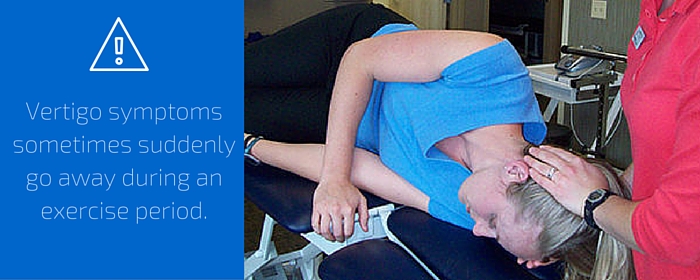
Experts also recommend the Brandt-Daroff exercise, which vertigo sufferers can do on their own without a doctor’s or a therapist’s assistance. Vertigo symptoms sometimes suddenly go away during an exercise period. More frequently, however, improvement happens incrementally over a period of weeks or months.
These are the steps in the Brandt-Daroff exercise:
- Begin in an upright, seated position.
- Move into a lying position on one side with your nose pointed at about a 45-degree angle.
- Remain in this position for about thirty seconds or until the vertigo fades.
- Move back to the seated position and repeat on the other side.
When anyone sustains any kind of physical injury because of another person’s negligence in the state of New York, the victim is entitled under the law to full compensation for all damages.
A New York personal injury attorney can explain precisely how the personal injury laws may apply to any particular case. In New York, the injured victims of negligence are entitled to recover damages for:
- all past, present, and future medical treatment and therapy
- all lost wages including the loss of future earning capacity
- past and future pain and suffering
- loss of the enjoyment of life
There’s plenty of hope for brain injury victims, and our understanding of brain injuries increases every year, but when a brain injury victim doesn’t obtain immediate medical attention, the results can be tragic.
If you are injured in an accident in the New York City area – a traffic collision, a slip-and-fall, or any other accident – seek immediate medical treatment. Swift attention and treatment is often the key to a quick and full recovery from a brain injury.

